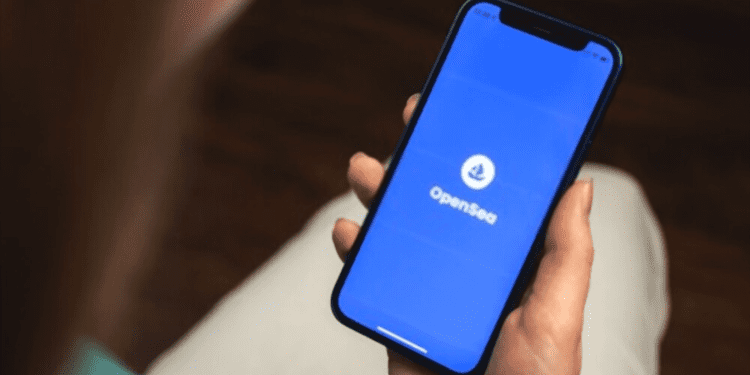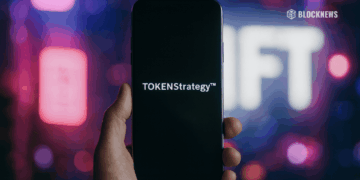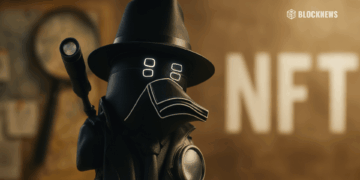Summary
- OpenSea has announced plans for licensing fees for NFT creators amid growing trends among competing marketplaces to disrespect NFT creators.
- Reputable authors point out that OpenSea’s message is unclear and potentially misleading and that part of the plan is anti-competitive.
The on-chain tool blacklists collections from resale on royalty-free marketplaces and only applies to new groups listed on the platform.
OpenSea, a non-fungible token (NFT) marketplace, joined this weekend’s ongoing NFT loyalty discussion with a blog post announcing its first loyalty enforcement tool.
The purpose of this tool is to make creator fees, also known as royalties, enforceable on-chain and will apply to new collections listed on the platform from November 8th.
Collections created with this tool will be prohibited from reselling in royalty-free markets such as X2Y2 and Blur, which have slashed OpenSea’s market share from 95% to 50%.
Undoubtedly, technical decisions like this involve trade-offs. According to the blog post, OpenSea is also working on a royalty enforcement tool for existing collections but has no plans to make any code changes to existing collections until at least December 8th.
The announcement was generally well received in the NFT space as a creator-friendly alternative to royalty-free, as opposed to Magic Eden’s switch to a royalty-optional model in October.
Since the loyalty-away trend began in August, the NFT industry has seen more losers than winners in the loyalty debate. His Solana-based NFT project Y00ts sparked controversy last weekend by quietly adding his 3.33% creator fee to the Magic Eden collection.
Why NFT Artists Shouldn’t Expect ‘Royalties’
OpenSea is the largest non-fungible token exchange. It has announced that it is finding a compromise on the “royalties” paid to NFT creators. Should the move automatically pay a “creator fee” when these digital assets are resold?
OpenSea’s new “on-chain enforcement” tool is a snippet of code that NFT creators can add when creating their smart contract, and they will be able to redeem a portion of the NFT whenever it changes and receive revenue. It allows you to continue to own it. This goes against marketplace trends that have eliminated or minimized licensing systems such as X2Y2, LooksRare, and SudoSwap.
OpenSea and other early NFT exchanges introduced “builder fees” to attract builders to the industry. It started with a critical part of NFT’s value proposition. To understand why royalties paid on the secondary market are so attractive, one must hear many stories of artists starving as their works rise in value.
Bobby “Bobby Hundreds” Kim, the fashion brand The Hundreds co-founder, tweeted, “To date, the primary purpose of this unique technology has been to ensure artists are paid for their work. However, this paper relies heavily on exchanges to do so (and on the buyer’s willingness to take no detours).
Starting this summer, some NFT exchanges have started cutting royalties or treating them like any tip buyers can pay. This angered some of his NFT artists, who began to rely on the revenue stream, especially given the downturn in the market—eliminating or reducing royalties benefits exchanges and buyers affected by the bear market’s lower trading volume.
Bobby Hundreds is probably right in saying that “royalty waivers ruin the whole Web3/NFT mission”, but the move can be seen as healthy for the industry.
While there are solid arguments for unlimited royalties, it has always been unsustainable for artists to rely on exchanges to reward this system. The industry needs to foster a culture where tips are expected. But you should only expect the rules to apply if they’re written into the code. This is what crypto has always worked for.














